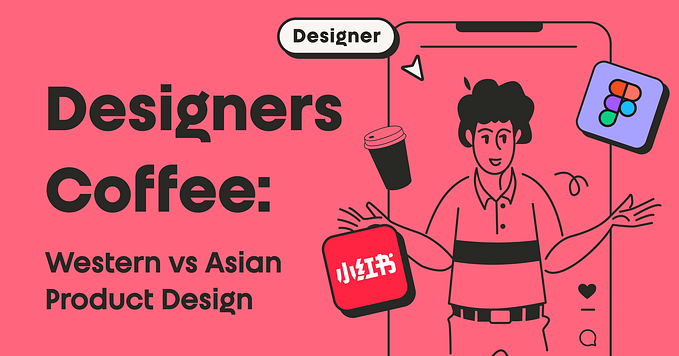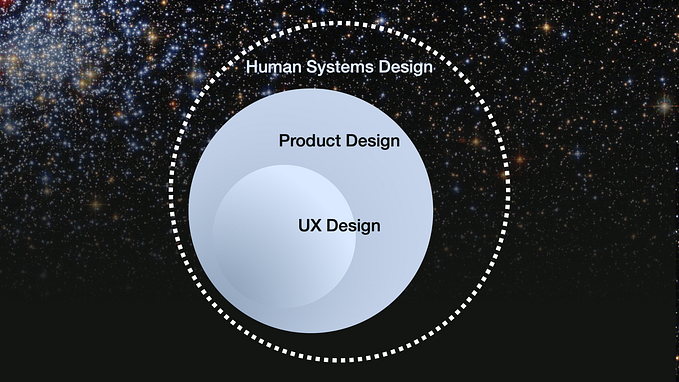Member-only story
UX, how can I trust you?
Steps for designers to foster confidence in the age of mistrust.

Trust is in short supply these days. Yet in the most unlikely places, a designer can learn from another expert how to be a better designer and design for trust.
This serendipitous moment happened with a conversation of two experts over the topic of trustworthiness. As Rachel Botsman observed, the decline of institutional trust is probably now a 25-year trend, but it rapidly accelerated over the last two years, particularly in the military, judges, and law. And possibly design too.
The Two Forms of Mistrust in Design
Much of mistrust stems from uncertainty about which information to trust. So far, there are at least two types of mistrust:
Explicit Deception
They are in a world where scams and hacking have employed creative methods to deceive people. Whether it is through phishing emails, deepfake calls, or website lookalikes, if the intention is to take away something from the original owner, deception usually follows.
Victims falling under this category can be identified, and immediate actions can be catered to either recover the loss, mitigate further damage, or prevent future attacks from happening.
Subliminal Trust Crisis
A more insidious form of mistrust involves technology itself. One doesn’t need to look far with social media when it comes to data harvesting. As one author puts it, the users are the product, and the companies displaying themselves in the ad space are the customers. However, in order to feed the hungry beast of shareholders, sometimes a little addiction goes on the other extreme of creating clickbait and cues for social validation.
This raises the ethical question: Why would such companies implore deceptive tactics, and why would designers participate in such activities?
Designers as the Architects of Trust
This leads us to the core problem of designers being the common denominator and chief architect of…





